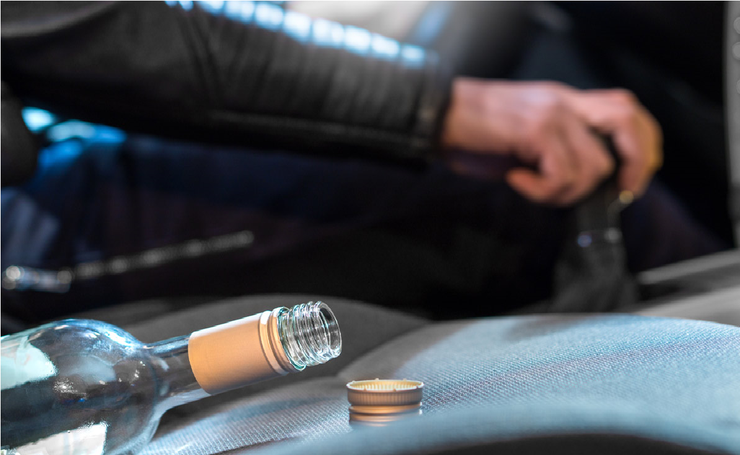Water droplets are heavier than gasoline. They do not mix with it and sink to the bottom, where they are collected in large lenses. In October-November, after a series of cold weeks, up to a liter of water accumulates in the tank, which “lies” next to the neck of the pump. At the first frost, water is pumped through the grid by the same pump, turns into slush, sticks together into a plug and blocks the flow of fuel. The result is that the engine stalls.
Not everyone can quickly determine the cause of a malfunction. Car owners sometimes go through every possible repair option until the sludge finally melts away. To everyone’s surprise, the car starts as if nothing had happened. However, with the subsequent temperature changes, she again becomes capricious and refuses to go. How can you not think about alcohol?
Find salvation in alcohol
The chemical industry has long been producing products to prevent condensation in the gas tank. If you look at an auto parts store, vendors will offer a variety of “Anti-Ice” type bottles to choose from. Their main ingredient is isopropanol. But you can use food grade alcohol with the same success. It is safer and chemically neutral to fuel system components. However, it is difficult to buy alcohol. It is much easier to get regular vodka.
Alcohol or vodka dissolves water well. In this case, the resulting cocktail does not freeze and is pumped together with the fuel.















